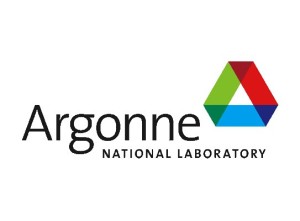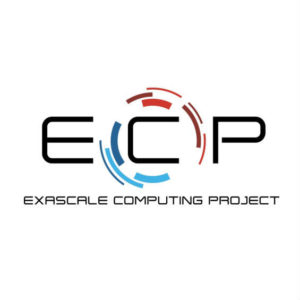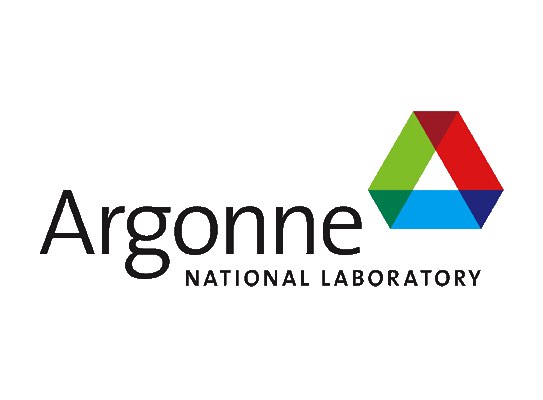The Exascale Computing Project (ECP) is working with a number of National Labs on the development of supercomputers with 50x better performance than today’s systems. In this special guest feature, ECP describes how Argonne is stepping up to the challenge.
 Argonne National Laboratory, a US Department of Energy (DOE) science and energy lab located outside of Chicago, provides supercomputing resources aimed at accelerating the pace of discovery and innovation. It is home to Mira, currently the ninth fastest supercomputer in the world, and its new Theta system, which will serve as a bridge between Mira and its next leadership-class supercomputer, Aurora.
Argonne National Laboratory, a US Department of Energy (DOE) science and energy lab located outside of Chicago, provides supercomputing resources aimed at accelerating the pace of discovery and innovation. It is home to Mira, currently the ninth fastest supercomputer in the world, and its new Theta system, which will serve as a bridge between Mira and its next leadership-class supercomputer, Aurora.
“We have been heavily involved in supercomputing and parallel computing for a very long time,” said Michael E. Papka, director of the Argonne Leadership Computing Facility (ALCF) and deputy associate laboratory director for Computing, Environment, and Life Sciences. “The lab has especially distinguished itself through its commitment and contributions to software technology development.”
Today, working with its lab colleagues and partners, Argonne is using its experience and perspective to help frame and support the Exascale Computing Project.
As one of six DOE core labs collaborating in the ECP, Argonne is engaged in all facets and focus areas: Application Development, Project Management, Software Technology, Hardware Technology, and Exascale Systems. This involvement includes lending leadership to major project roles.
ECP Director Paul Messina is an Argonne Distinguished Fellow. Rajeev Thakur, director of the ECP’s Software Technology focus area, is an Argonne senior scientist. Susan Coghlan, a member of the ECP senior leadership team, is a computer scientist and leader in high-performance computing at Argonne. Rick Stevens, principal investigator for the Exascale Deep Learning and Simulation Enabled Precision Medicine for Cancer project, is associate laboratory director for Computing, Environment, and Life Sciences at Argonne.
Given the complexity and importance of exascale, it is not anything a single lab can do,” Stevens said. “Each lab’s portfolio is the product of many years of evolution. Some are stronger in applications, others in math, and others in software. We must all work together, and we’re fortunate that in computing, the community is very close. We’re making great progress. The necessary depth of talent is available for success.”Rick Stevens, Argonne
 ECP projects encompass 25 for applications and 66 for software. “Argonne is involved in 11 of the applications projects—we’re leading a couple of big ones, plus we’re participating in 8 or 9,” Stevens said. “We have the most software projects among the labs, ranging from operating systems to runtimes, numerical libraries, and workflow optimization.”
ECP projects encompass 25 for applications and 66 for software. “Argonne is involved in 11 of the applications projects—we’re leading a couple of big ones, plus we’re participating in 8 or 9,” Stevens said. “We have the most software projects among the labs, ranging from operating systems to runtimes, numerical libraries, and workflow optimization.”
After the development of a capable exascale ecosystem through the efforts of the ECP, exascale computers are to be deployed at DOE national labs by 2021.
Argonne and Oak Ridge will be the first to have the exascale computers, and I believe over the next few years after 2021, we will see five or six such machines,” Stevens said.





